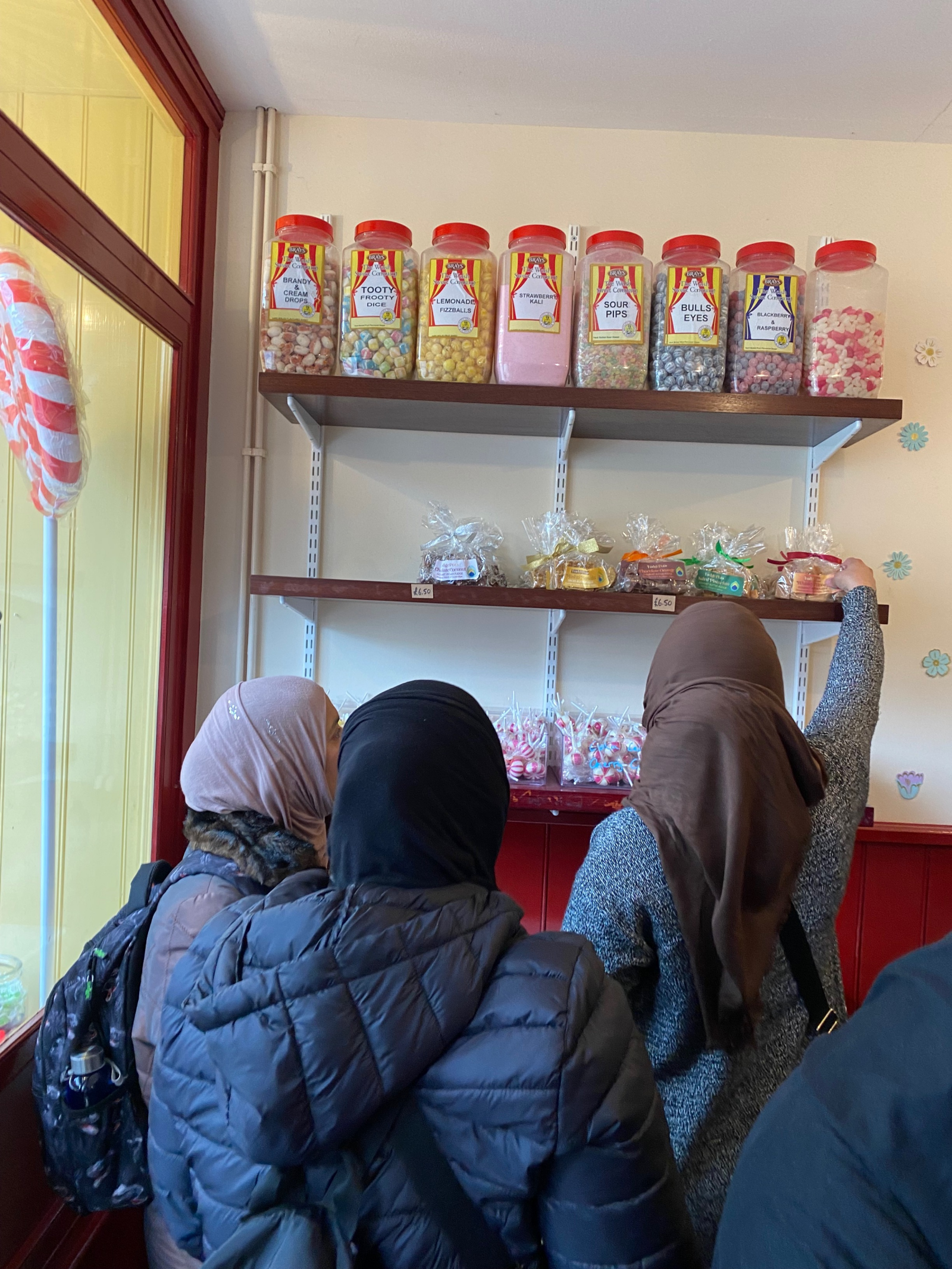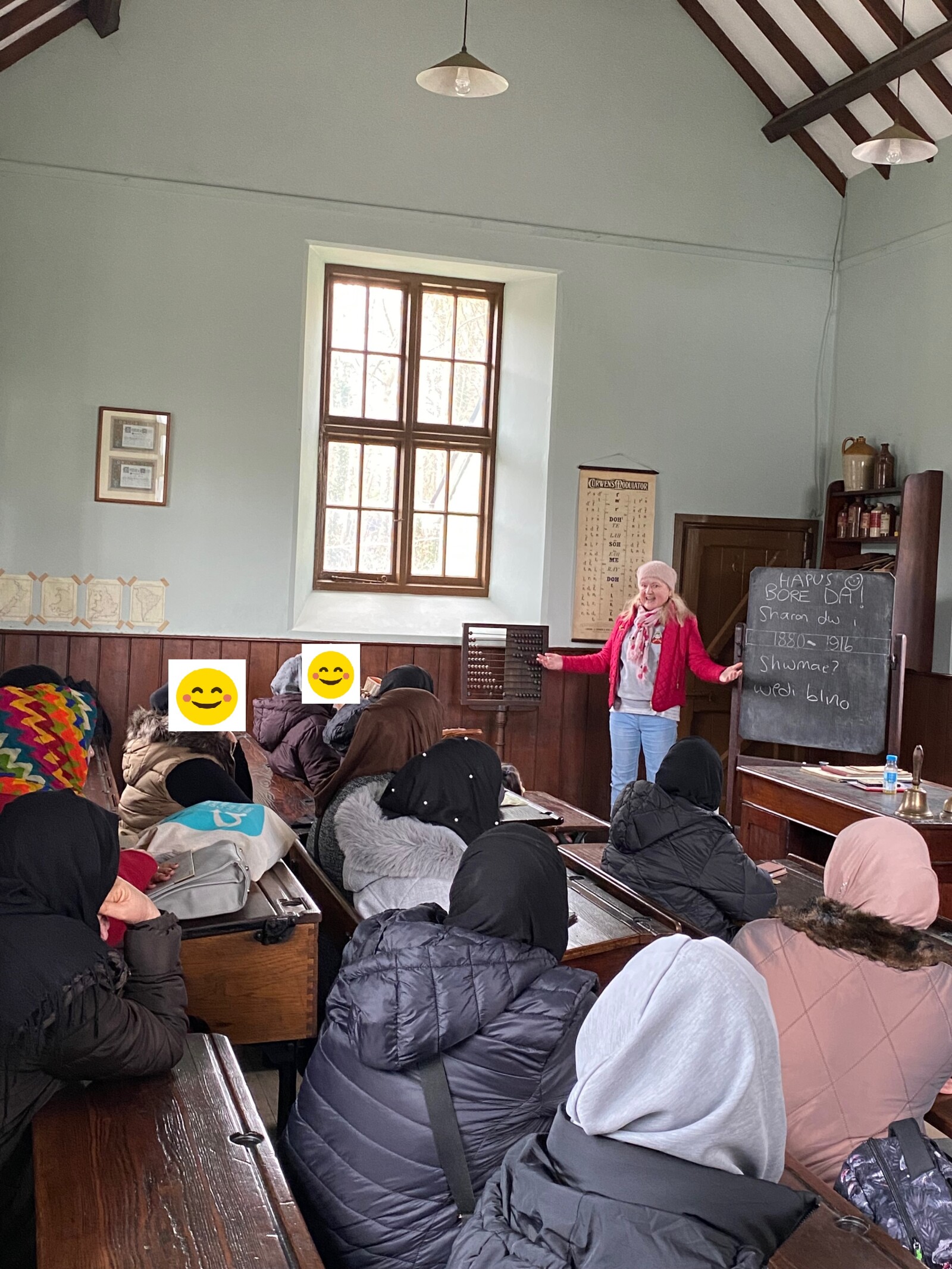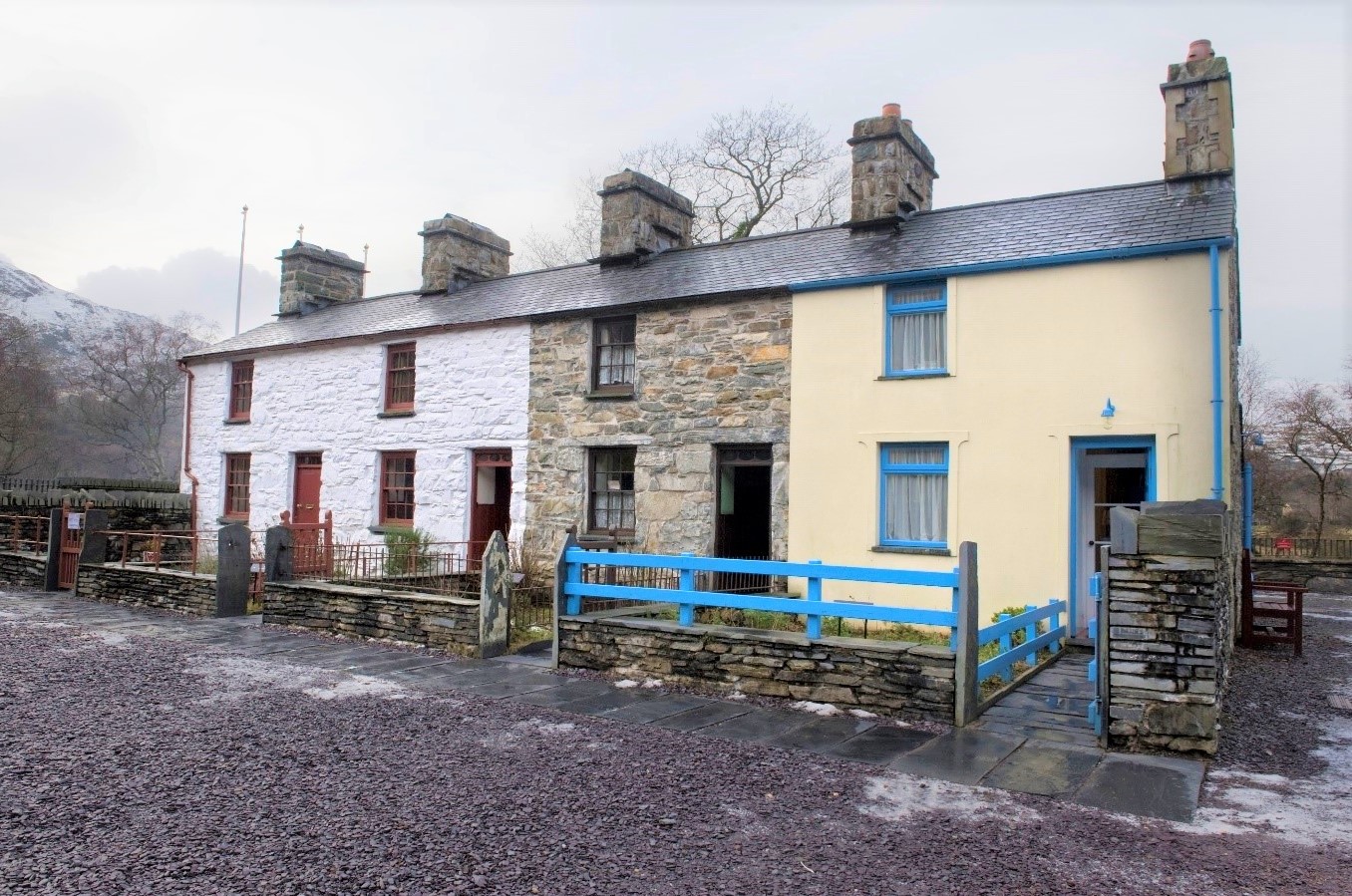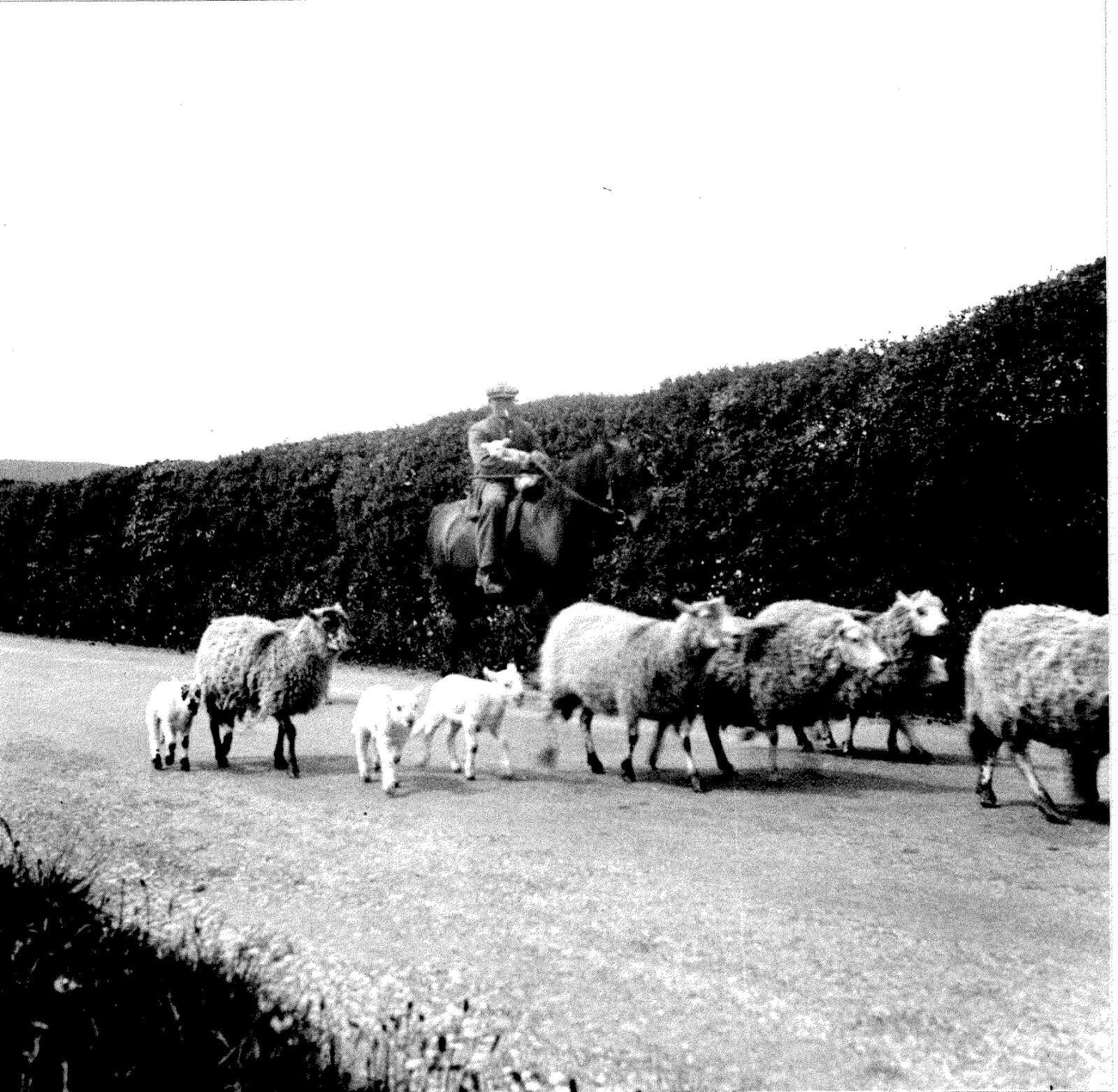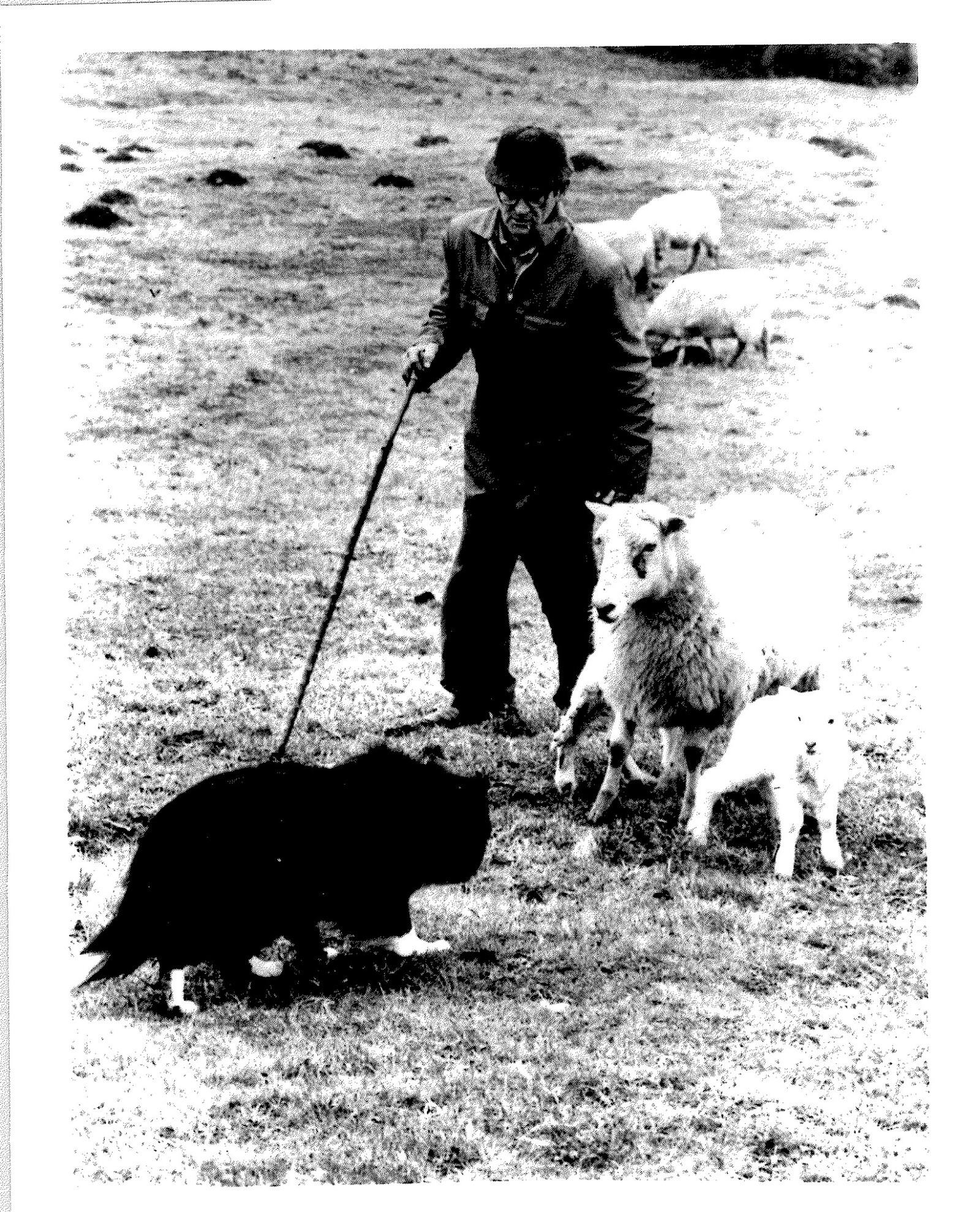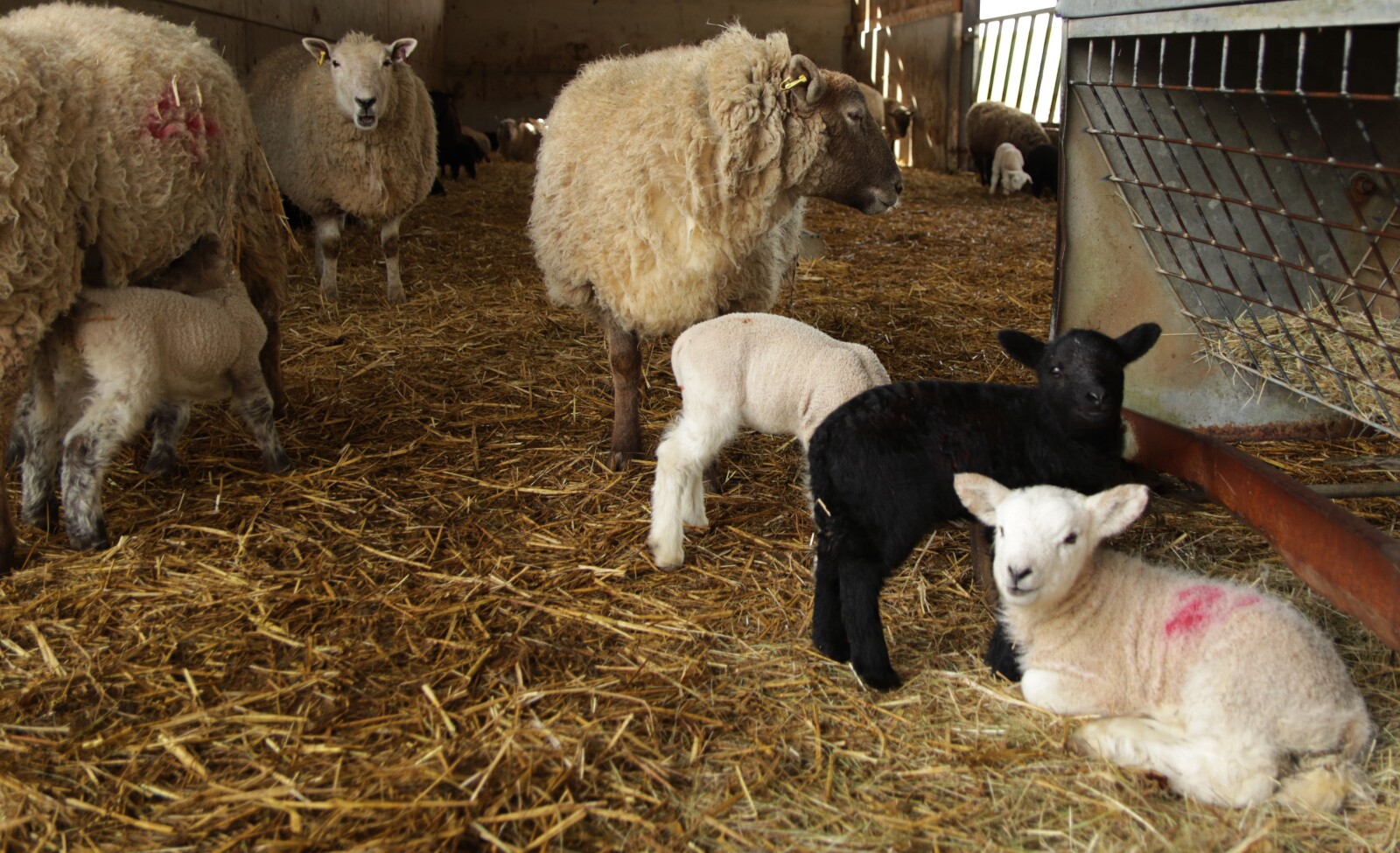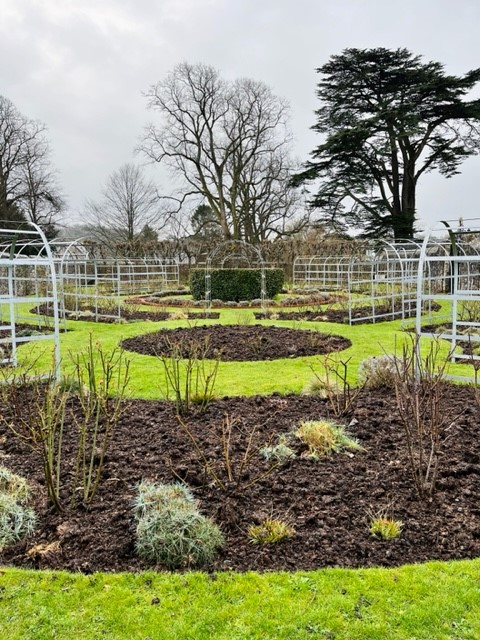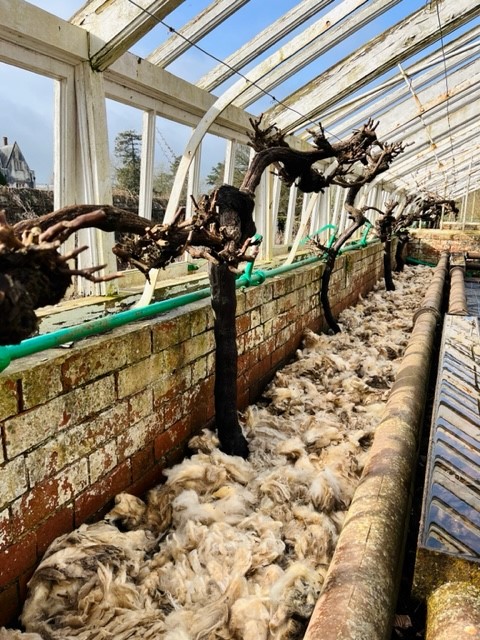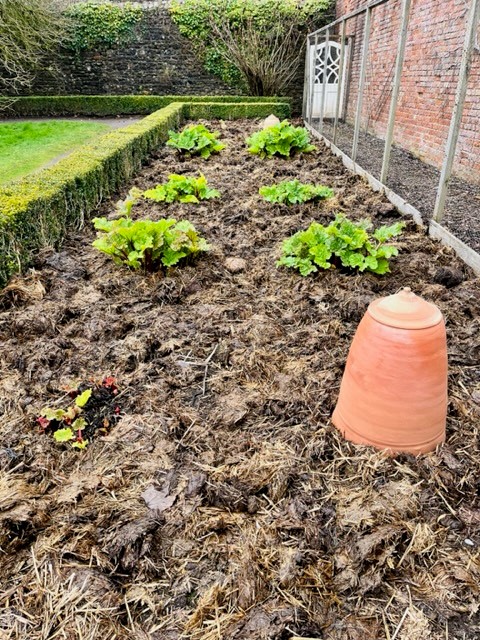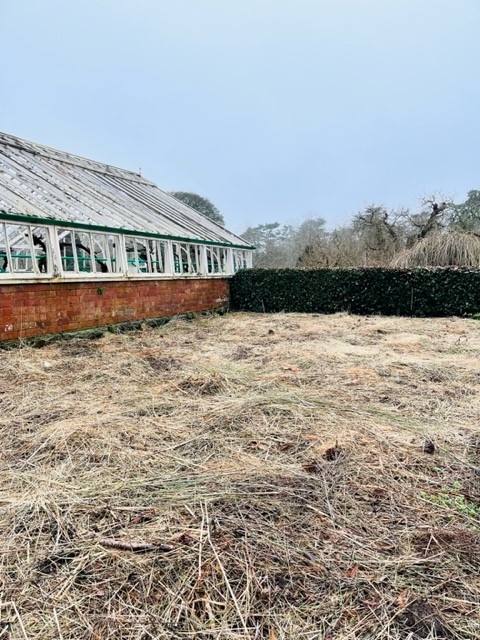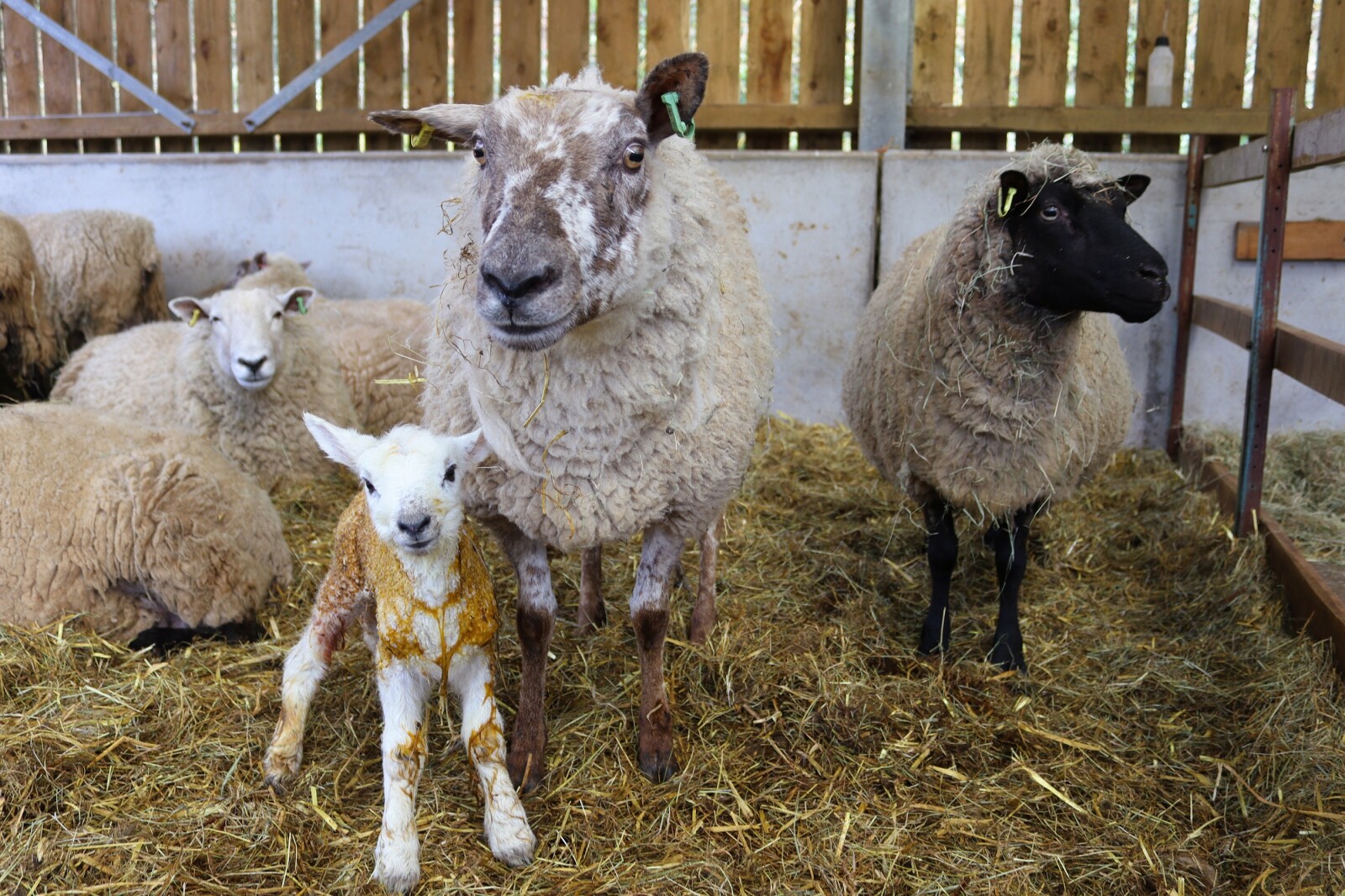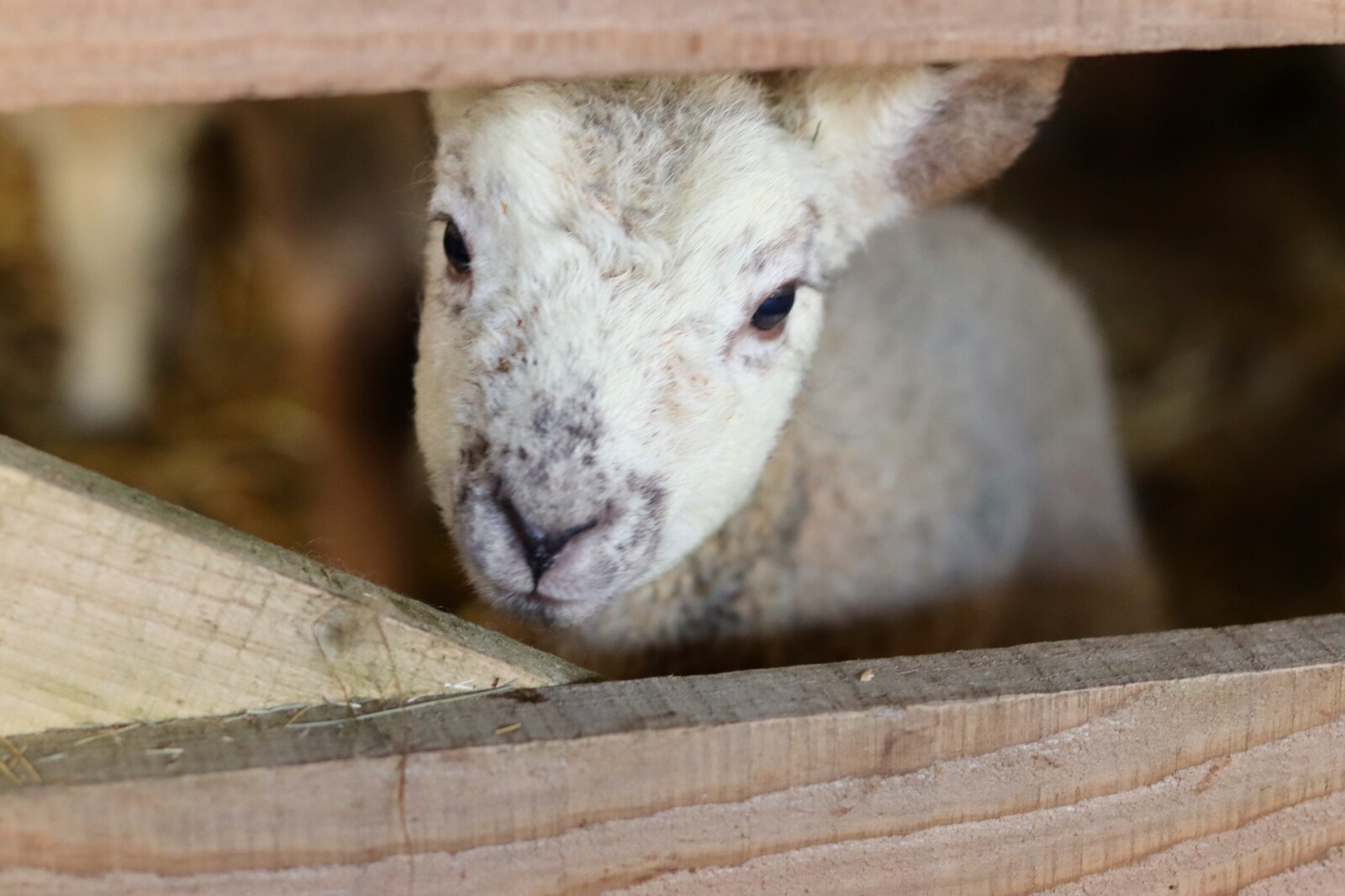Farming families in Wales who primarily keep sheep are dependent upon lambing for their main income for the year. A successful lambing season is essential for their farming livelihoods. A large proportion of the farm’s income will be from the sale of the lambs for meat. It’s a period of bringing new life on the farm, of care and nurturing the new-born lambs, long hours, sometimes in difficult conditions, to generate income for the farming families.
The family farm still retains great importance in the Welsh rural economy.
Many farms have sustained generations of the same families and have been an essential part of the Welsh rural economy and life through producing food, employment, and supporting ancillary rural industries and crafts for equipment, supplies and machinery.
Lambing and harvesting, the busiest periods on the farm, still often include all the members of the farming families. Everyone is part of the care of the flock, delivering the lambs, their care and rearing, along with the essential tasks of feeding and watering, clearing out pens, applying treatments, and driving the ewe mothers and lambs out to the fields when strong enough. It is now common for a partner to have employment elsewhere with a separate income from farming. They still often work on the farm as well. Lambing continues twenty-four hours a day. It is unpredictable at what time of day or night a sheep might give birth during the lambing period.
Traditional husbandry skills and knowledge, passed down over generations are combined with modern nutrition and animal health treatments. The satisfaction, pleasure and relief of seeing new life arrive and flourish, is combined with the tiredness of long hours and night shifts, working in muck and mud, or in cold and wet conditions outside. There are the disappointments and frustrations of losses, which will directly affect income and profitability. The regular, repetitive tasks of clearing out pens, spraying disinfectant, laying new straw bedding, are essential for preventing diseases such as E-coli amongst the vulnerable new-born lambs.
Modern lambing more likely to be done inside now in large sheds, rather than out in the fields as in the past. Lambing can take place in batches, timed by when the rams released to groups of ewes, to spread the work and lessen the intensity. Scanning ewes in advance will show which ewes are pregnant and with how many lambs, so they can be grouped and given the necessary attention and care. Ewes not pregnant would be kept on the fields. The timing of lambing takes place in Wales can be influenced by location, altitude and weather conditions, or whether aimed to sell at a specific time or for a particular demand.
Welsh breeds such as Welsh Mountain and Beulah continue to be popular in upland and mountainous areas. The drive for better quality lambs to meet tastes at home and for export markets in Europe, the Middle East and Asia has included using continental breeds such as Texels originally from Holland. Breeds on upland and hill farms in particular need to be hardy and be able withstand cold and wet conditions. Some new breeds haven’t flourished, being vulnerable to conditions such as foot rot because of the not being resilient in a damp climate.
Lambing, like all aspects of modern agriculture, has evolved considerably based on the application of science and technology. The body for promoting the sale of Welsh lamb, Hybu Cig Cymru – Meat Promotion Wales, describes the contemporary approach: ‘As one of the world’s leading producers of lamb, Wales has been at the forefront of developments in the sheep industry. As consumers’ tastes change, so has farming. Agriculture has also evolved, combining traditional husbandry passed down through generations in tune with Wales’s outstanding natural environment with new innovations to make the most of best practice in terms of nutrition and animal health.’
Nutrition and animal health treatments aim to maximise carcase value, and new methods based on the results of research and development. One method is that of ‘sponging’, using progestogen, a synthetic version of the naturally occurring hormone progesterone. Flocks can be brought into season earlier and at the same time, lambing at a very specific time period, and earlier in the year. It can allow for more planning of labour and resources, and to produce lambs when there may be fewer new lambs for market. It can also mean a very intense, short period, especially if there are twins and triplets requiring more time and attention, or ewes with complications.
The total value of Welsh lamb exports in 2022 was £171.5 million, an increase from £154.7 million in 2013.
The number of sheep in Wales went over 10 million in 2017 for the first time in the twenty first century. Sheep numbers had previously fallen from about 12 million after the end of government payments to support agriculture based on the number of animals kept.
How lambing in Wales will be in the future could be influenced by several factors: the number of sheep; consumer preferences; sustainability; and climate change. New trade agreements might offer new possibilities but also increased competition from cheaper imports. Exports of Welsh lamb to the Unites States finally resumed in 2022, and the countries of the Gulf and China are thought to have potential for increased exports. Changes to government payments in Wales to the Sustainable Farming Scheme will be based on environmental benefits and restoring bio-diversity, as part of a sustainable agriculture industry. Perhaps it is still partly a way of life, with a professional business approach, adapting to meet the nature of markets, with entrepreneurship to create new products for a sustainable and profitable industry.
Most lambs will be sold for meat from 4 to 12 months old. At St Fagans, most of the female lambs will be either sold or kept as pedigree breeding stock. Most of the males will go for meat with a few of the best sold as breeding rams.
In 2020, Welsh lamb was given Protected Geographical Indication (PGI) status by the UK Department of Food Rural Affairs and Agriculture (DEFRA). Protected Geographical Indication (PGI) is a status awarded by the UK Government that protects and promotes named regional food products that have a reputation or noted characteristics specific to that area. It means that only lambs born and reared in Wales and slaughtered in approved abattoirs are legally described as Welsh Lamb. This superseded the previous EU PGI status awarded in 2003.
In an upland and mountainous country unsuited to many types of agriculture but where the keeping of sheep flourishes, the annual lambing will always be an important part of it, for introducing new life, providing a viable farming business, and sustaining family farms.
